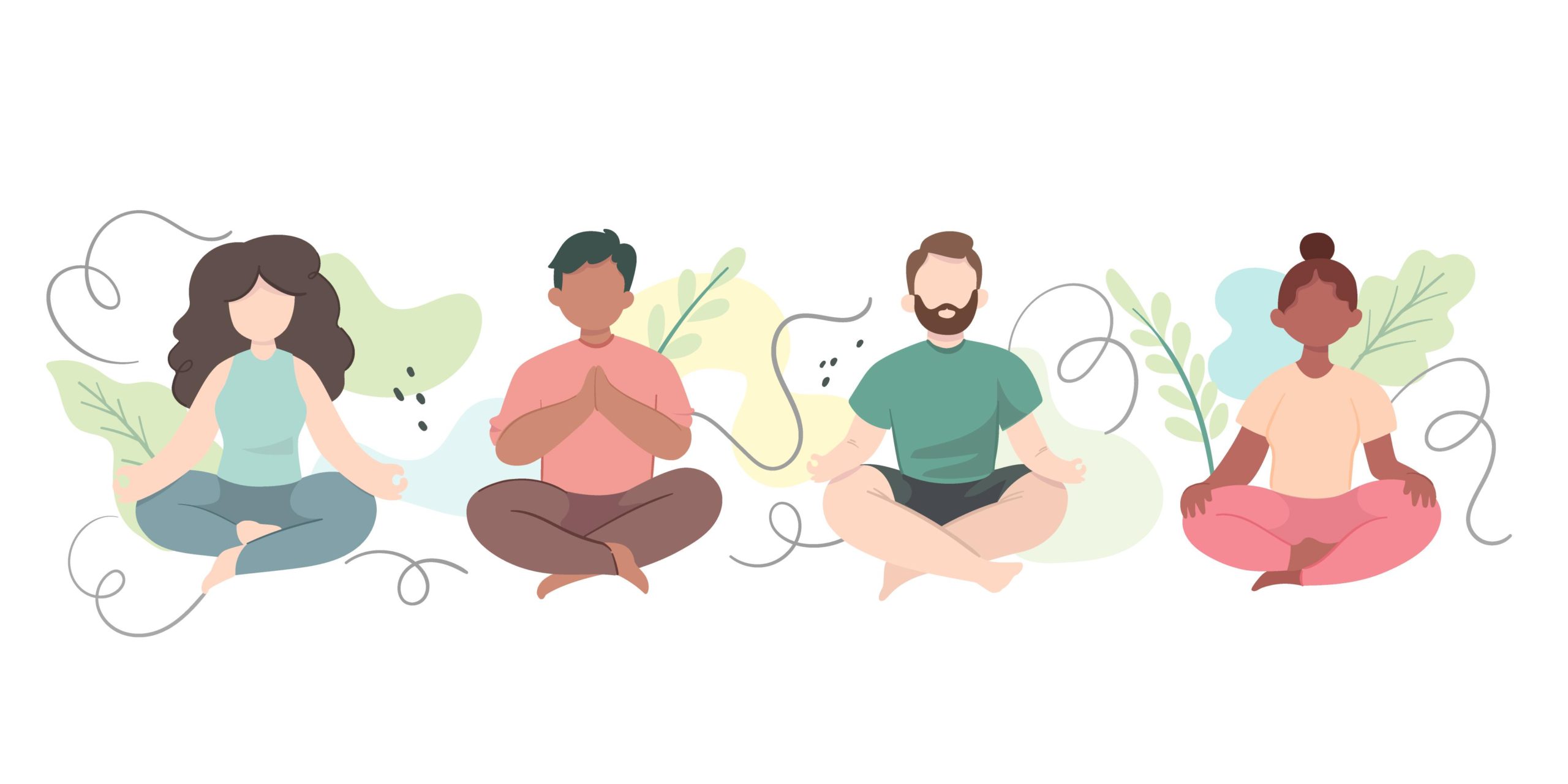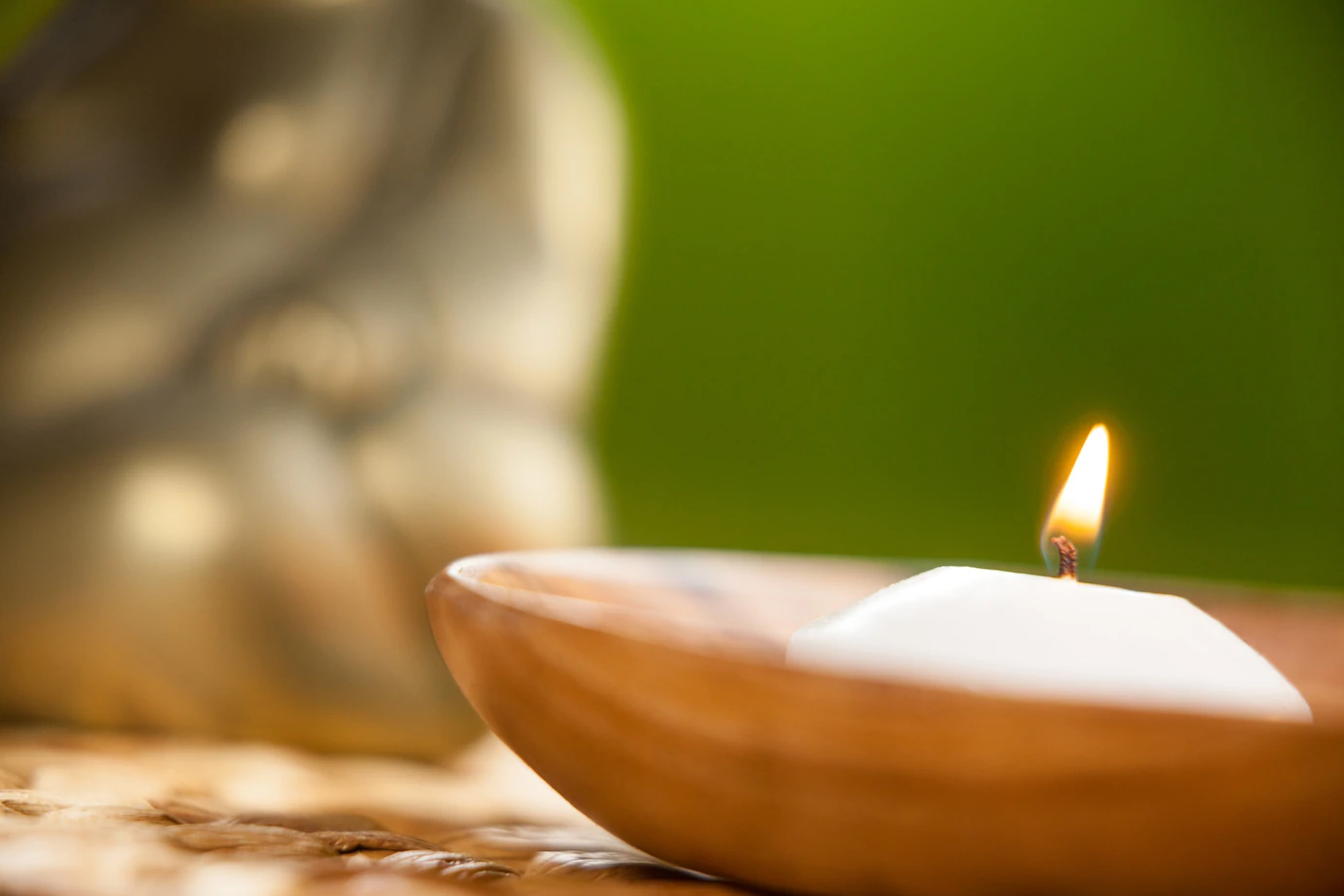Breathe In, Breathe Out: Best Meditation Techniques

Do you ever find your mind wandering without a clear purpose? Do you feel the need to reduce stress and find your inner peace? Are you having trouble dealing with difficult emotions and living in the present moment?
If the answer to any of these questions was yes, it’s time for you to begin meditating.
Why and how to practice mediation? In this article, we will unveil the mystery around mindfulness meditation and we will introduce you to some easy techniques. Take a deep breath and keep on reading!
Why Do People Meditate?

Before we dig deeper into the best meditation techniques, it’s important to understand why people practice meditation.
Meditation is one of the most simple activities we can perform. It’s not about concentrating on certain things; rather, it’s about de-concentration and letting go. It’s not about focusing one’s mind on a single subject, but rather about becoming thoughtless. Meditation is the ultimate form of relaxation since it allows your body and mind to unwind.
Similarly, mindfulness meditation practices are frequently promoted as a habit of highly successful (and happy) people in order to relieve stress and anxiety, regulate lower blood pressure, and diminish chronic pain. In short, if you pay attention to your well-being and mental health, you should include formal meditation in your daily schedule!
The Difference Between Mindfulness and Meditation

Have you ever considered that having a dream life is possible? In fact, attracting positive thoughts should be part of your self-care routine.
But, before you move on with the affirmations to manifest, it is important to understand your current universe: which ideas you resonate with, which beliefs are limiting your positive thinking process, and how your body is reacting to the external environment.
In such moments, it is important to let your spirit flow and to listen carefully to what your intuition is trying to share.
You can write down all of your comments in your manifestation journal, as these findings will be the starting set of data for your manifestation journey.
6 Easy Meditation Techniques To Include in Your Daily Life

Meditation aims to release the mind and focus on what the body feels.
While there’s no complicated method, there are some simple steps to take when you decide to start practicing mindfulness.
Here is our tip: when meditation seems difficult, you may try too hard. If you are still looking for a meditation exercise to try at home, we have put together a list of easy meditation techniques for beginners that you can integrate into your daily routine.
Sit in a comfortable position and start meditating!
1. Deep Breathing
Deep breathing is one of the best meditation techniques you can use in order to control your stress levels. When you practice deep breathing, you unwind and get a greater sense of life. It’s a quick exercise that can be done practically anywhere and takes only a few moments.
Rest or lie down in a peaceful, comfortable location. Pick a spot where you won’t be bothered. If you’re sitting, keep your back straight and your legs firm on the floor. For a minute, keep your eyes closed. Place one hand on your belly right below your ribs. You should rest your other hand on your chest. Slowly inhale and exhale a deep breath. Simply concentrate and breathe deeply through your nose.
2. Body Scan Meditation
A body scan meditation is a type of mindfulness meditation in which the practitioner focuses their entire attention on their body. The mind is directed to focus on various regions of the body in a systematic manner, with the mind being redirected back to the exercise if it becomes distracted.
The conventional body scan meditation takes 30–45 minutes to complete. You should be laying when you perform this exercise. Moreover, you need to be mindful of your body for the duration of the meditation. If the participant’s consciousness wanders and they feel distracted, they are instructed to just return to a portion of their body and start over. Through each step, you get progressive relaxation.
The entire step-by-step procedure of this type of focused meditation can be found here.
3. Transcendental Meditation
Transcendental meditation is a technique that keeps you focused on the present moment and eliminates distracting thoughts.
The person who practices this type of meditation sits in a comfortable position with their eyes closed and silently repeats a keyword or key phrase, also called mantra. Paying attention to a single mantra keeps your wandering mind focused and aids you to manage stress.
Compared to other types of meditation, transcendental meditation requires you to take a seven or eight-week course with meditation teachers. Yet, this mindfulness practice does not necessitate any exertion as it is a breathing meditation. It also doesn’t necessitate any concentration or thought. Students are instead instructed to breathe properly and concentrate on the mantra.
When it comes to regular practice, transcendental meditation is a daily meditation practice. You are encouraged to meditate twice a day for 15 to 20 minutes each time, once before breakfast and once before dinner.
4. Mantra Meditation
As mentioned before, when you meditate, you can use a mantra to keep you connected to the present moment. But did you know that this is also a method of guided meditation on its own?
Mantra meditation is a type of spiritual meditation that focuses on repeating one single word, called mantra, to meditate, thus stimulating brain activity.
If the initial mantra you start to practice isn’t working for you, try finding one that is more in tune with your current state of mind and meditation aims. There’s no harm in making changes as needed.
In fact, changing your mantra can bring awareness to what your current needs are. Perhaps you’d like to focus on energy and tenderness for the day ahead in the dawn, and a sense of calm inward serenity in the twilight.
5. Walking Meditation
Walking meditation, or kinhin, is a type of mindfulness meditation that finds its roots in Buddhist traditions. You keep your eyes open and concentrate on the sensation of walking. In contrast to other forms of mindfulness and meditation that focus on the breath, mindful walking meditation encourages you to breathe naturally.
Walking meditation may make it easier to be more aware of your body and physical sensations than sitting meditation. The greatest benefit is connecting the mind and body to the present moment.
6. Loving-Kindness Meditation
Loving-kindness meditation is a form of meditation that helps us achieve the highest form of selfless and generous love we can show to ourselves and others. Thus, we are better able to connect with our own person emotionally.
For you to start practicing this meditation technique, take a few minutes out of your day and commit to practicing loving-kindness for those minutes every day. Even a short lunch break at work would suffice. Include in your meditation words and blessings such as “May I be well,” “May I be happy,” “May I be focused,” and so on, and pay attention to how you feel after each session.
It’s Time for You to Start Your Meditation Practice!

Now that you know what the best meditation techniques are, there is only one thing left for you to do: sit comfortably and start meditating!

Recent Comments